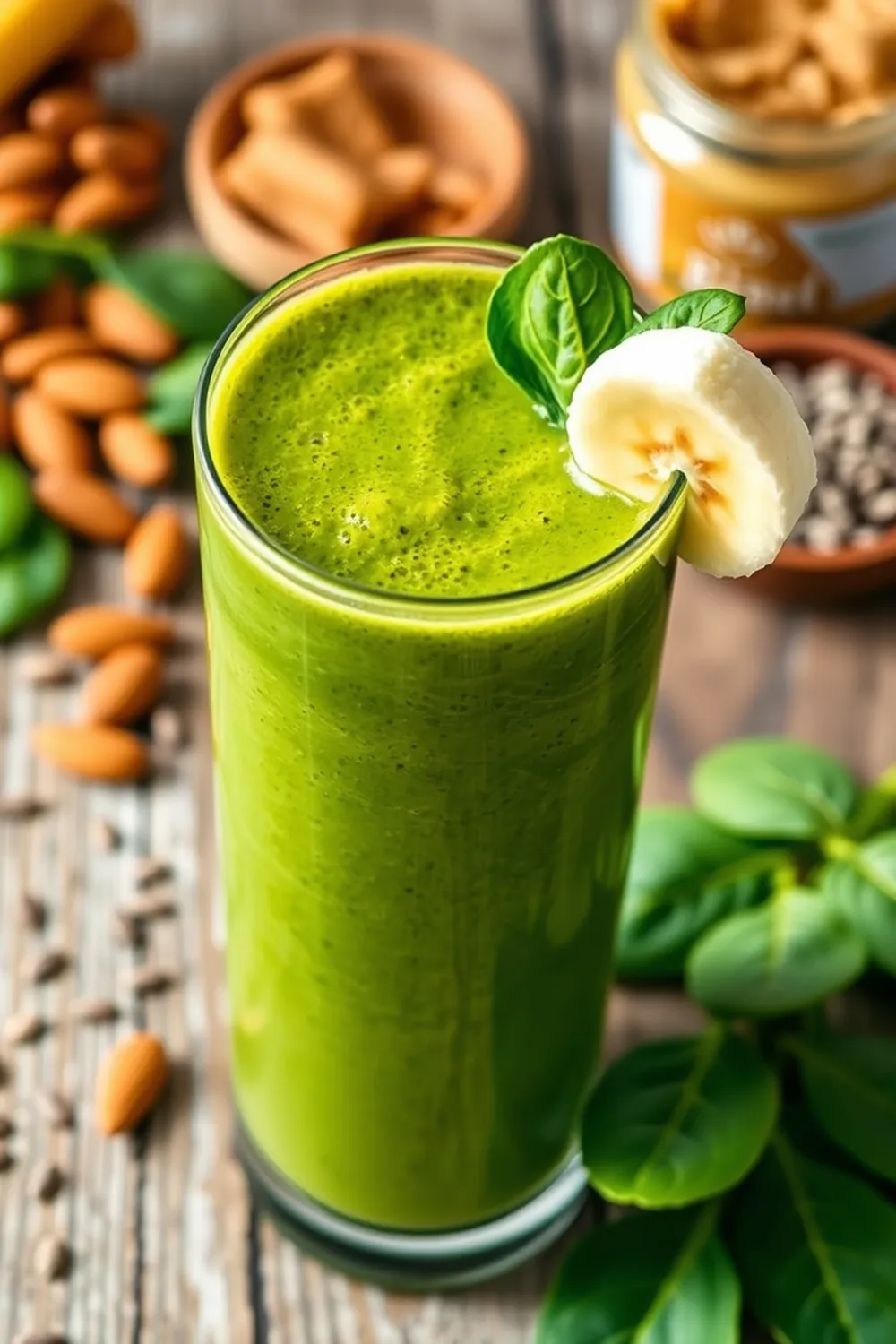- Bring 4.5 to 5 cups of water to a boil in a pot.
- Add rice vermicelli to boiling water and cook until tender (about 3-5 minutes). Drain and set aside.
- Heat coconut oil in a pan. Add mustard seeds and let them crackle.
- Add cashews and sauté until golden.
- Stir in chopped ginger, green chilies, onions, and curry leaves. Sauté until onions soften.
- Add cooked vermicelli and mix well with sautéed ingredients.
- Season with salt and add grated coconut. Mix thoroughly.
- Garnish with coriander leaves and serve hot with lemon wedges or coconut chutney.
- Calories:350 kcal25%
- Energy:1464 kJ22%
- Protein:8 g28%
- Carbohydrates:50 mg40%
- Sugar:3 mg8%
- Salt:400 g25%
- Fat:15 g20%
Last Updated on 4 months by Neha Deshmukh
Quick Rice Vermicelli Recipe – Coconut & Curry Leaves Indian Style
Hey everyone! Today, I’m sharing a recipe that’s close to my heart – a quick and flavorful rice vermicelli dish, bursting with the aromas of coconut and curry leaves. It’s a South Indian-inspired delight that’s surprisingly easy to whip up, even on busy weeknights. I first made this when I was craving something comforting and light, and it’s been a family favorite ever since!
Why You’ll Love This Recipe
This rice vermicelli recipe is a winner for so many reasons. It’s ready in under 30 minutes, making it perfect for a quick lunch or dinner. The combination of crunchy cashews, fragrant curry leaves, and sweet coconut is simply irresistible. Plus, it’s a fantastic way to enjoy a lighter take on Indian flavors.
Ingredients
Here’s what you’ll need to create this deliciousness:
- 1.75 cups rice vermicelli (approximately 175g)
- 4.5-5 cups water
- 2 tablespoons coconut oil (30ml)
- 1 teaspoon mustard seeds (about 5g)
- 12-15 cashews
- 1 inch ginger, chopped
- 1-2 green chilies, chopped (adjust to your spice preference)
- 0.33 cup onion, chopped (about 75g)
- 8-10 curry leaves
- 4-5 tablespoons grated coconut (approximately 40g)
- Salt to taste
- 2-3 tablespoons coriander leaves, chopped (for garnish)
- 1 lemon (for serving)
Ingredient Notes
Let’s talk ingredients! A few little tips from my kitchen to yours:
- Rice Vermicelli: There are different types, which we’ll discuss more later. I prefer the thinner variety for this recipe.
- Coconut Oil: Don’t skimp on this! It really adds an authentic South Indian flavor.
- Green Chilies: I usually use 1-2, but feel free to add more if you like a good kick.
- Curry Leaves: Fresh curry leaves are essential. They have a unique aroma that dried leaves just can’t replicate.
- Grated Coconut: Freshly grated coconut is best, but unsweetened desiccated coconut works in a pinch.
Rice Vermicelli Varieties
You’ll find a few different types of rice vermicelli. The most common are:
- Thin Vermicelli: This is what I recommend for this recipe. It cooks quickly and absorbs flavors beautifully.
- Medium Vermicelli: This will take a little longer to cook and has a slightly chewier texture.
- Thick Vermicelli: Best suited for kheer (rice pudding) or other dishes where you want a more substantial noodle.
Coconut Oil – Regional Preferences & Benefits
Coconut oil is a staple in South Indian cooking, and for good reason! It adds a lovely aroma and subtle sweetness. In Kerala, where I spent a lot of time with my grandmother, coconut oil is used in almost everything. It’s also considered a healthier oil option, rich in medium-chain triglycerides.
The Significance of Curry Leaves in South Indian Cuisine
Curry leaves aren’t just about flavor; they’re also believed to have medicinal properties. They’re a key ingredient in many South Indian dishes, adding a unique fragrance and depth of flavor. My mom always says a dish isn’t complete without a generous handful of curry leaves!
Mustard Seed Tempering – A Flavor Base
The mustard seed tempering (or tadka) is the foundation of this dish. It releases incredible flavors when heated in oil. You’ll know they’re ready when they start to pop and splutter. Be careful – they can be a little enthusiastic!
Ingredients for Adjusting Spice Level
Want to customize the heat? Here’s how:
- For Mild: Use just 1 green chili, or remove the seeds.
- For Medium: Use 2 green chilies.
- For Spicy: Add 3-4 green chilies, or a pinch of red chili powder.
Step-By-Step Instructions
Alright, let’s get cooking!
- Boil the Vermicelli: Bring 4.5 to 5 cups of water to a boil in a pan. Add the rice vermicelli and cook until tender, about 10 minutes. Drain well and set aside. Don’t overcook it – you want it slightly firm.
- Temper the Spices: Heat the coconut oil in a pan over medium heat. Add the mustard seeds and let them crackle.
- Sauté the Cashews: Add the cashews and sauté until golden brown. Keep a close eye on them, as they burn easily.
- Add Aromatics: Stir in the chopped ginger, green chilies, onions, and curry leaves. Sauté until the onions soften and turn translucent.
- Combine & Season: Add the cooked vermicelli to the pan and mix well with the sautéed ingredients. Season with salt and add the grated coconut. Mix thoroughly.
- Garnish & Serve: Garnish with fresh coriander leaves and serve hot with lemon wedges or coconut chutney.
Expert Tips
Here are a few things I’ve learned over the years:
- Achieving the Perfect Vermicelli Texture: Don’t overcook the vermicelli! It should be al dente – slightly firm to the bite.
- Mastering the Tempering Process: Keep the heat at medium. You want the spices to sizzle, not burn.
- How to Prevent Vermicelli from Sticking: After draining, rinse the vermicelli with cold water to stop the cooking process and prevent it from sticking together.
Variations
- Vegan Adaptation: This recipe is naturally vegetarian! To make it vegan, simply ensure your coconut oil is ethically sourced.
- Gluten-Free Confirmation: Rice vermicelli is naturally gluten-free, making this a great option for those with gluten sensitivities.
- Spice Level Adjustment – Mild to Spicy: As mentioned earlier, adjust the number of green chilies to suit your taste.
- Festival Adaptations – Onam & Ganesh Chaturthi: This vermicelli is often served as part of the sadya (feast) during Onam in Kerala, and is also a popular offering during Ganesh Chaturthi.
Serving Suggestions
This vermicelli is delicious on its own, but here are a few ideas for serving:
- Coconut Chutney: A classic pairing!
- Sambar: A lentil-based vegetable stew.
- Raita: A yogurt-based dip.
- Lemon Wedges: A squeeze of lemon juice brightens up the flavors.
Storage Instructions
Leftovers can be stored in an airtight container in the refrigerator for up to 2 days. Reheat gently in a pan or microwave. It might dry out a little, so add a splash of water or coconut milk when reheating.
FAQs
What type of rice vermicelli is best for this recipe?
I recommend the thin variety. It cooks quickly and absorbs flavors beautifully.
Can I use a different oil instead of coconut oil?
You can, but it won’t have the same authentic flavor. Vegetable oil or sunflower oil are good substitutes.
How can I adjust the spice level of this dish?
Adjust the number of green chilies, or add a pinch of red chili powder.
Can this be made ahead of time?
You can cook the vermicelli ahead of time and store it in the refrigerator. Just reheat it before adding it to the tempering.
What is a good accompaniment to serve with this vermicelli?
Coconut chutney, sambar, or raita are all excellent choices.
How do I store leftover vermicelli?
Store in an airtight container in the refrigerator for up to 2 days.










